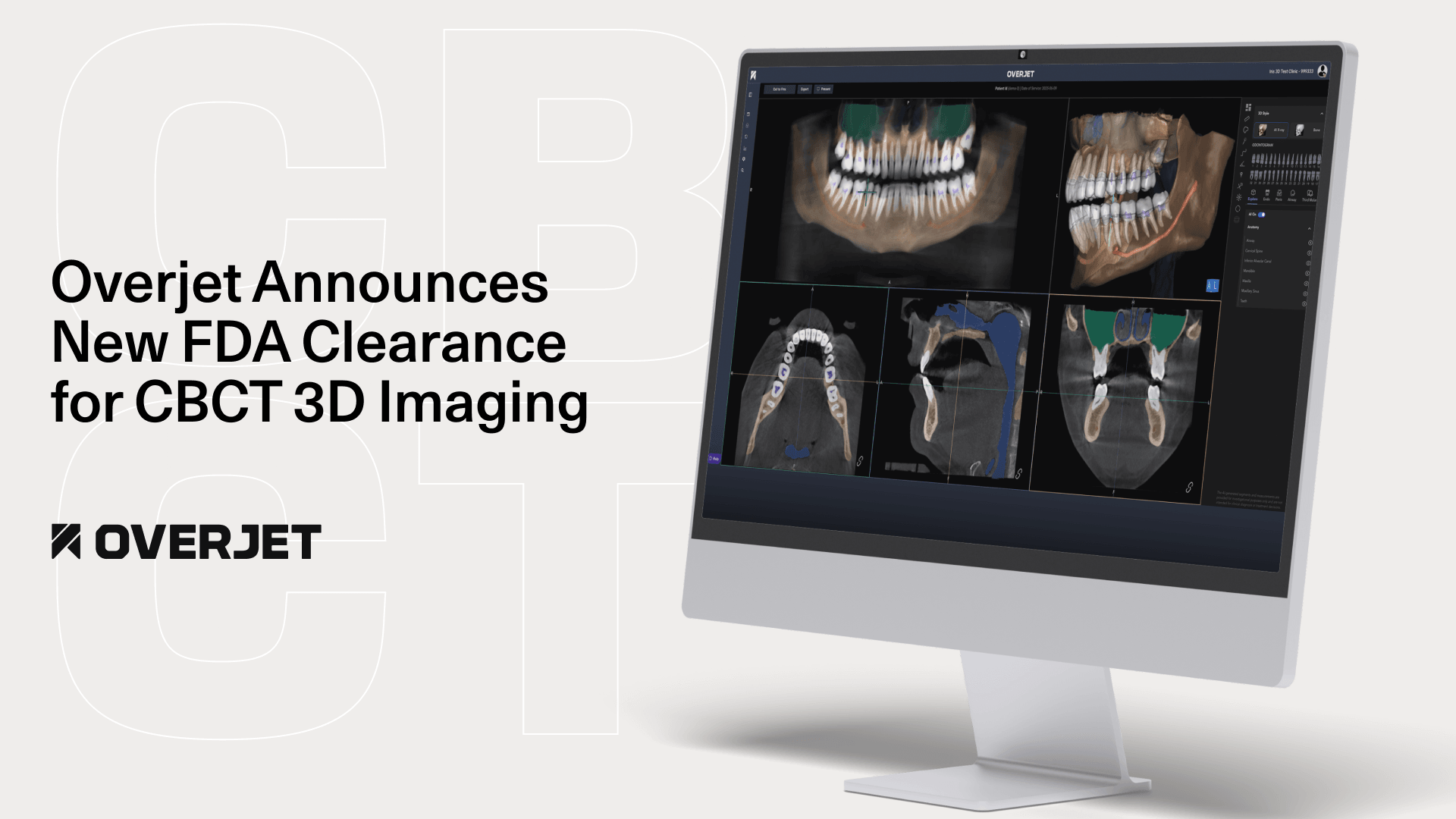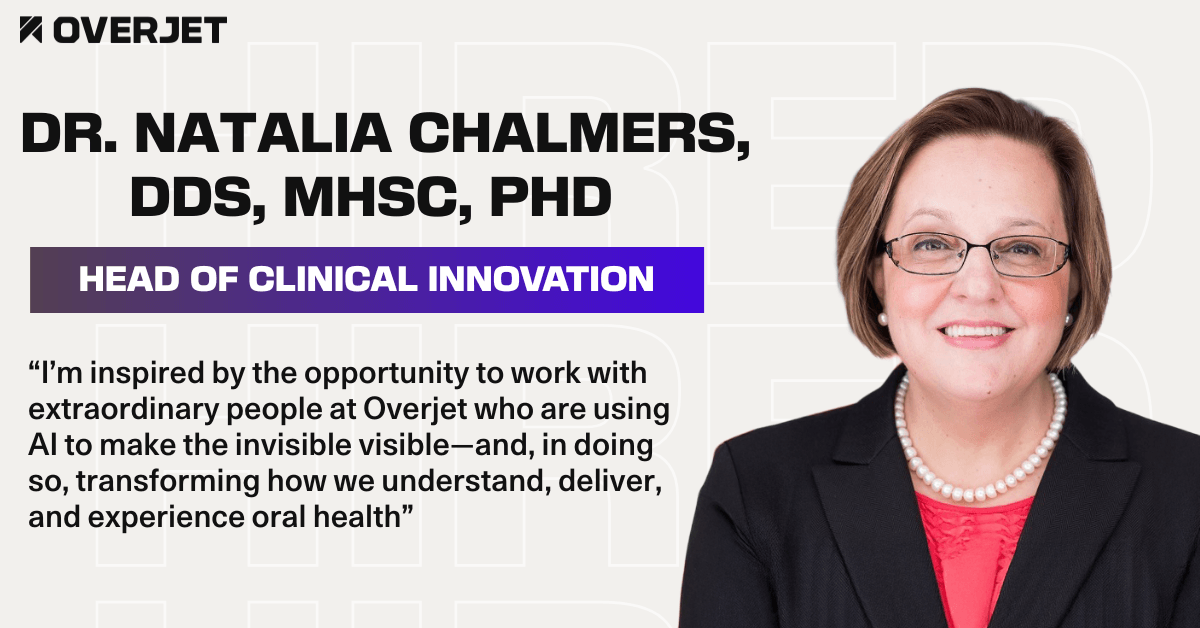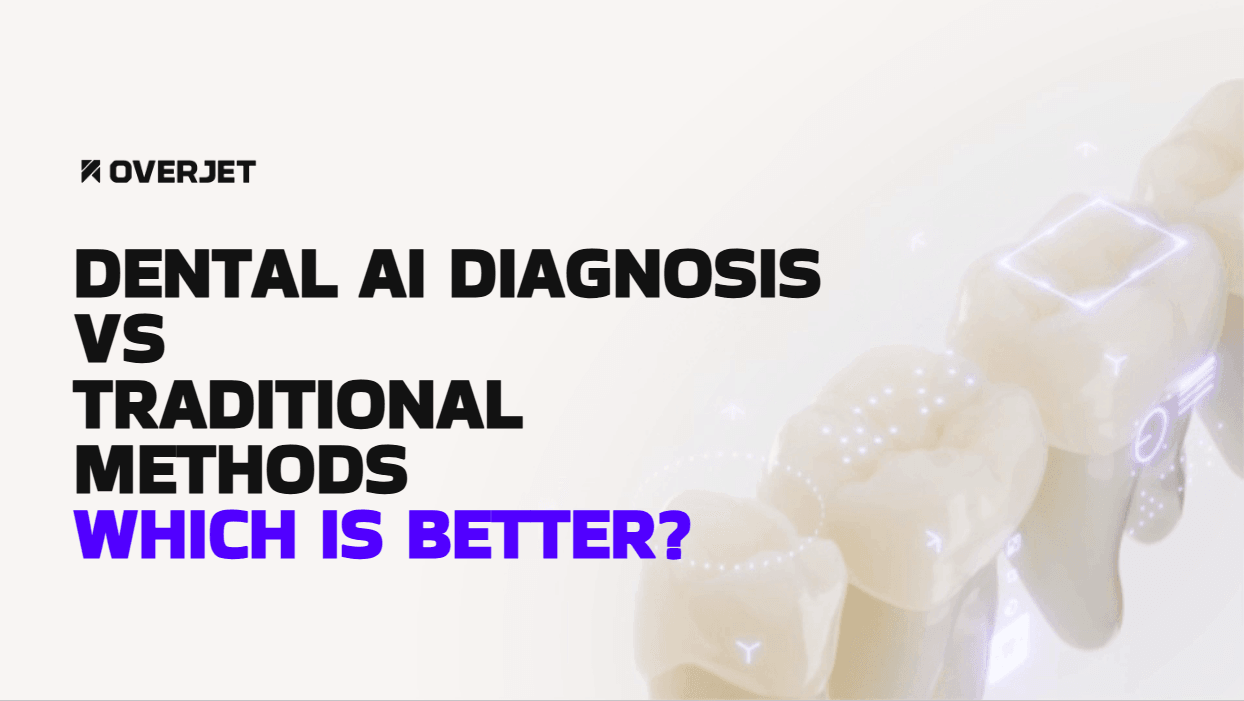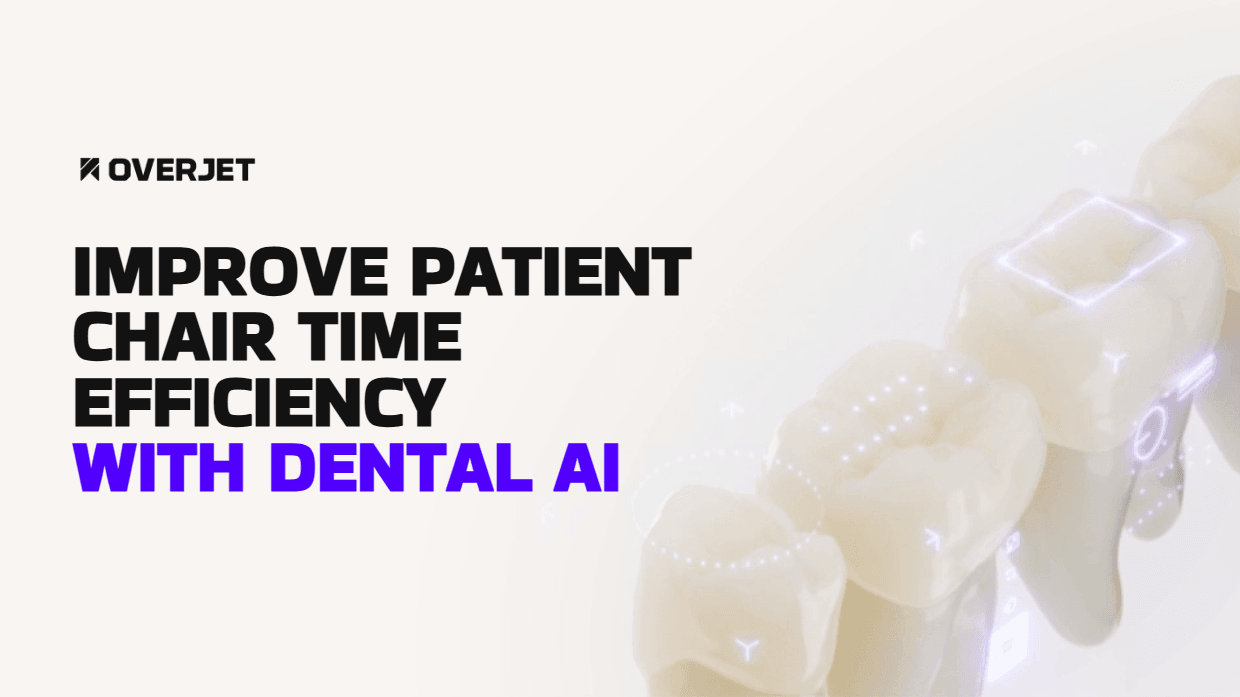Dental insurance coding plays a critical role in ensuring that dental practices get paid for the services they provide. Each procedure must be documented using CDT (Current Dental Terminology) codes, which insurance companies use to process claims. When codes are incorrect or incomplete, the entire reimbursement process can be disrupted.
The impact of coding errors can include:
Claim denials that require time-consuming resubmissions
Delayed payments that affect cash flow
Compliance risks that may lead to audits or penalties
Manual coding is a challenge for many practices because it involves:
Interpreting complex payer policies and documentation
Spending significant time on data entry and verification
Dealing with inconsistent results due to human error
These factors make the process both inefficient and stressful for dental teams. Practices must constantly balance accuracy, speed, and compliance, all while maintaining a high level of patient care.
To overcome these obstacles, many dental professionals are turning to technology. Dental Artificial Intelligence (AI) is emerging as a powerful tool that automates coding tasks, reduces human error, and speeds up dental insurance verification. By analyzing documentation and radiographs with precision, AI ensures claims are accurate before submission.
With AI-driven solutions, dental practices can improve efficiency, minimize denials, and keep revenue flowing smoothly, making AI a true game-changer in dental insurance coding.
Explore Overjet's Dental AI Software
Understanding Dental Insurance Coding
Dental insurance coding is essential for getting claims approved and ensuring proper reimbursement for services provided. It involves translating clinical procedures into standardized CDT (Current Dental Terminology) codes that insurance companies require. When coding is done correctly, practices stay compliant and receive accurate payments.
However, manual coding comes with several challenges that can slow down operations and hurt a practice’s bottom line:
Human errors – Misinterpreting documentation or selecting the wrong code can lead to incorrect claims.
Time-consuming processes – Staff spend significant time reviewing patient records and payer requirements, which reduces overall productivity.
Compliance risks – Errors not only cause claim denials but can also trigger audits and potential financial penalties.
These obstacles make traditional coding both inefficient and risky. As dental practices grow, these problems only increase, creating bottlenecks in revenue cycle management.
This is why many practices are moving toward automated, AI-powered solutions. By analyzing clinical documentation and detecting potential errors before claims are submitted, AI minimizes the risk of denials and improves workflow efficiency.
In short, accurate dental insurance coding is critical for maintaining compliance, avoiding revenue loss, and ensuring a smooth reimbursement process. Leveraging technology, especially artificial intelligence, helps practices overcome the limitations of manual coding and focus more on patient care.
The Role of AI in Dental Insurance Coding
Artificial Intelligence is transforming how dental practices manage insurance coding and verification. Instead of relying solely on manual reviews, AI uses advanced technologies, such as machine learning, computer vision, and natural language processing (NLP), to analyze radiographs and clinical documentation quickly and accurately. This automation not only saves time but also significantly reduces errors that can lead to claim denials.
AI-powered solutions improve coding accuracy in several ways:
Detect and recommend the most accurate CDT codes based on radiographic evidence
Flag missing documentation or inconsistencies before claims are submitted
Continuously learn from vast datasets, improving accuracy with every use
In addition to coding, AI enhances real-time insurance verification. It can instantly check coverage details and ensure documentation aligns with payer requirements. This proactive approach minimizes administrative delays and prevents issues that typically cause claims to be rejected or underpaid.
The benefits of AI in dental insurance coding go beyond error reduction:
Efficiency – Automates repetitive tasks, allowing staff to focus on patient care
Consistency – Ensures coding is standardized across the entire practice
Compliance – Helps meet regulatory requirements and reduces audit risks
Faster approvals – Leads to quicker claim processing and improved cash flow
By integrating AI into coding and verification workflows, dental practices can streamline operations, reduce claim denials, and create a smoother experience for both staff and patients.
Why Insurance Verification Is Crucial in Dentistry
Insurance verification is a critical step in the dental billing process because it determines whether a patient’s treatment is covered before any procedures begin. By confirming coverage details in advance, practices can avoid unexpected costs, ensure accurate billing, and provide patients with a clear understanding of their financial responsibility.
When verification is not handled properly, several problems can arise:
Delayed payments – Claims often get stuck in processing when essential information is missing or inaccurate.
Revenue leakage – Denials or partial payments can result in lost revenue that is difficult to recover.
Patient dissatisfaction – Unexpected out-of-pocket expenses can harm the relationship between the practice and the patient.
Traditional verification methods often involve time-consuming phone calls, manual data entry, and back-and-forth communication with insurance providers. These inefficiencies can slow down the entire revenue cycle and place unnecessary stress on office staff.
Artificial Intelligence offers a better way to manage this process. By automatically checking eligibility and matching documentation with payer requirements, AI allows practices to verify coverage quickly and accurately. This proactive approach reduces the risk of errors, speeds up claim approvals, and minimizes the chance of denials.
With AI-driven verification, dental practices can improve cash flow, enhance patient satisfaction, and ensure that every claim submitted has the best chance of being paid in full. This not only protects revenue but also builds trust with patients by eliminating financial surprises.
How Overjet Leads the Way in AI for Dental Insurance Coding
Not all AI solutions deliver the same level of performance. Overjet has become a leader in dental AI by combining advanced technology with measurable results for dental practices. Its platform is designed to simplify coding and verification while improving accuracy and efficiency at every step of the claims process.
Overjet’s technology stands out for several reasons:
FDA-cleared dental AI that analyzes radiographs with clinical precision
Seamless integration with existing practice management and claims systems
Continuous updates to keep up with evolving coding standards and payer policies
With Overjet, dental practices gain access to automated, accurate coding and insurance verification. The platform detects coding inconsistencies, flags missing information, and verifies that claims meet payer requirements before they are submitted. This proactive approach reduces errors that typically lead to denials.
Dental professionals choose Overjet because it consistently delivers results:
Reduced claim denials by catching potential issues early
Faster reimbursements thanks to clean, accurate claims
Compliance assurance with built-in checks that align with regulations
Practices using Overjet report significant improvements, including fewer denials, higher reimbursement rates, and increased efficiency for administrative teams. Staff can spend less time fixing rejected claims and more time focusing on patient care.
By combining cutting-edge AI technology with proven outcomes, Overjet helps dental practices protect revenue, streamline workflows, and stay ahead in an increasingly complex insurance landscape.
Implementing AI in Your Insurance Verification Workflow
Integrating AI into your dental insurance verification and coding processes doesn’t have to be complicated. With a structured approach and a solution like Overjet, practices can quickly see improvements in efficiency and claim outcomes.
Here’s how to make the transition smooth and effective:
Evaluate your current workflow – Identify problem areas such as frequent claim denials, slow verification steps, or coding inconsistencies. Knowing where the challenges are will help you target AI where it’s most needed.
Adopt Overjet AI – Overjet is designed to work seamlessly with your existing practice management and claims systems. Its easy integration means minimal disruption to daily operations and quick time-to-value.
Train your team – While Overjet automates much of the process, staff should understand how to use the platform and interpret its insights. The system is user-friendly, so training is straightforward and adoption is fast.
Measure success – Track key performance indicators (KPIs) such as claim approval rates, denial rates, reimbursement times, and overall revenue impact. These metrics help you see how AI is improving workflows and boosting financial performance.
By following these steps, dental practices can unlock the full benefits of dental AI. Overjet streamlines verification, reduces errors, and speeds up claim approvals, allowing your team to focus more on patient care and less on administrative headaches. With results that are both measurable and immediate, implementing Overjet is an investment that pays off quickly.
The Future of Dental Insurance Coding with AI
Artificial Intelligence is becoming an essential part of modern dentistry, and its influence on insurance coding is expected to grow even more in the coming years. Dental AI will not only automate routine tasks but also provide advanced tools to help practices stay ahead in a rapidly changing industry.
Here are key trends shaping the future of dental insurance coding with AI:
Predictive analytics – AI will soon be able to forecast claim outcomes before submission. By identifying potential problems early, practices can fix errors in advance and reduce denials.
Enhanced payer collaboration – Future Dental AI systems will simplify communication with insurance companies by ensuring documentation and coding align with payer requirements. This will reduce back-and-forth follow-ups and speed up approvals.
Regulatory adaptability – Coding rules and compliance standards frequently change. AI solutions that automatically update will help practices stay compliant without adding extra work for staff.
Dental practices that adopt AI early will be in the best position to thrive. Implementing these technologies now allows practices to:
Streamline workflows and reduce administrative burdens
Improve claim accuracy and reimbursement rates
Deliver a better experience for both patients and staff
As the dental insurance landscape becomes more complex, AI will be a critical tool for maintaining accuracy, efficiency, and profitability. Practices that embrace AI today will have a clear advantage in the future.
Future-Proof Your Practice with Overjet AI
Dental insurance coding and verification can be complex, but it doesn’t have to slow down your practice. Manual processes often lead to errors, claim denials, and payment delays, all of which impact revenue and create extra work for your team.
AI is changing the way dental practices manage these tasks. By automating coding and verification, AI makes the process:
Faster – eliminating time-consuming manual steps
More accurate – reducing the risk of costly errors
More profitable – helping practices get paid on time
Overjet is at the forefront of this transformation. Its advanced AI technology is designed specifically for dental professionals, offering:
Precision analysis of radiographs and documentation
Detection of coding inconsistencies before claims are submitted
Seamless alignment with payer requirements to prevent denials
Dental practices using Overjet see clear benefits, including:
Fewer claim rejections and denials
Faster reimbursements and improved cash flow
Less administrative stress and more time to focus on patient care
The future of dental insurance coding is driven by AI, and practices that adopt it now will be better prepared for the challenges ahead.
Ready to See Overjet's Dental AI in Action?
Frequently Asked Questions (FAQs) on AI for Dental Insurance Coding and Verification
What is AI dental insurance coding?
AI dental insurance coding uses artificial intelligence to analyze clinical documentation and radiographs to assign the correct CDT codes automatically. This technology reduces errors, ensures compliance, and speeds up the claims process, helping practices get paid faster.
How does AI improve insurance verification?
AI verifies patient insurance coverage in real time by matching clinical documentation with payer requirements. This prevents claim denials and delays by catching missing information before a claim is submitted. The result is faster approvals and fewer administrative headaches for dental teams.
Why is Overjet different from other AI solutions?
Overjet stands out because it is FDA-cleared, integrates seamlessly with existing practice management systems, and continuously updates to meet new coding and compliance standards. Its technology not only detects errors but also ensures every claim meets payer requirements, making the process proactive rather than reactive.
What benefits can practices expect from Overjet?
Practices using Overjet experience fewer denials, faster reimbursements, and improved efficiency. Staff spend less time fixing rejected claims and more time focusing on patient care. Many practices also report higher revenue and better compliance with regulations.
Is it hard to implement AI in a dental practice?
Implementing Overjet AI is straightforward. The system integrates easily with existing workflows, requires minimal training, and starts delivering results quickly. Practices can track success using metrics like claim approval rates and revenue growth.
Why should practices adopt AI now?
The dental insurance landscape is becoming more complex, and AI is the key to staying ahead. Practices that adopt AI today will reduce errors, streamline workflows, and be better prepared for future changes in insurance and compliance.








